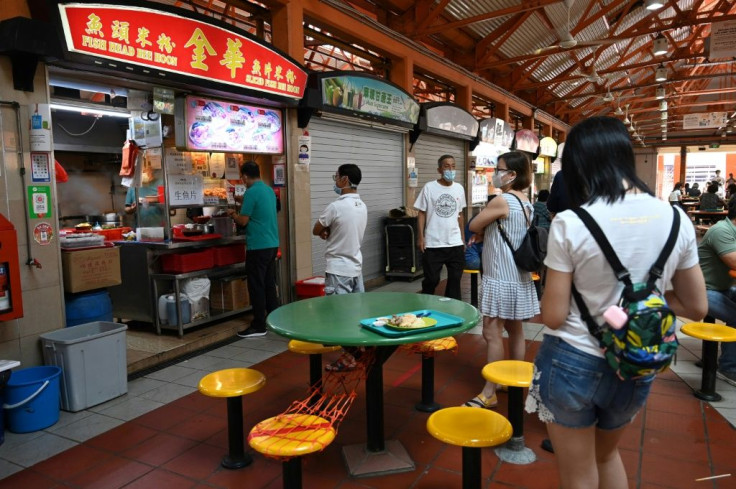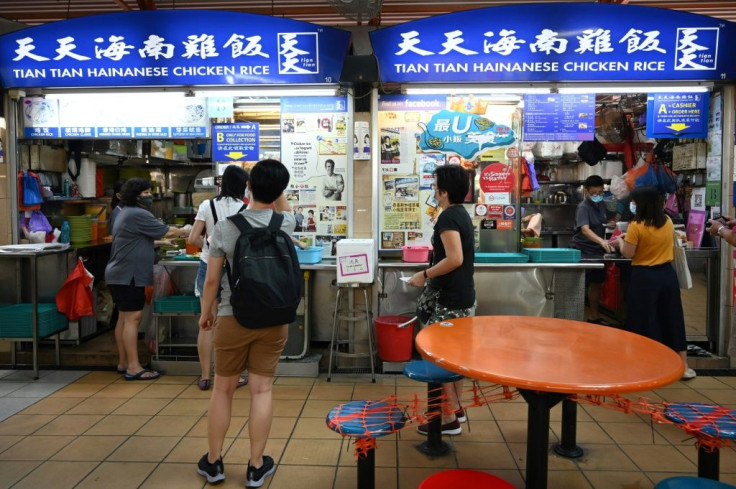Singapore 'Hawker' Culture Gains UN Recognition
Once seen as lowly members of Singaporean society, cooks in the city-state's bustling "hawker" centres are rejoicing this week after the United Nations recognised their food as a cultural treasure.

The United Nations Educational, Scientific and Cultural Organization (UNESCO) on Wednesday approved the country's bid to have its street food included on a list of intangible cultural heritage, which also includes yoga, Chinese calligraphy and flamenco.
"In the past being a hawker was a job that was looked down on, it was seen as a beggar's business," says Ng Kok Hua, who sells traditional deep-fried delicacies from his small stall.

"And now it's not, now the hawker culture in Singapore is globally recognised."
The city-state is full of open-air food courts where vendors serve delectable -- and cheap -- dishes.

In the same food centre as Ng's stall, for example, you can buy Michelin guide-recommended Hainanese chicken rice for around Sing$5 (US$4).
On its website, UNESCO noted that Singapore's diverse population of ethnic Chinese, Malays, Indians and other races inspired the hawkers' culinary creations.

"Many (hawkers) specialise in a particular dish, refined over many years, and transmit their recipes, knowledge and skills to younger family members or apprentices," it added.
Ng's stall is an example of this -- it was started by his father, according to local media, and is one of the few places in Singapore that still makes "ngoh hiang", beancurd-wrapped rolls of spiced minced meat.
"Hawker culture is something that's not elite, it's of the people so I think it's something that all Singaporeans can celebrate," says Pasha Siraj, whose stall serves modern Indian cuisine.
Humphrey Lim, a Singaporean enjoying his lunch at the food centre, agrees.
Getting the recognition "has been a long but fruitful journey", wrote Prime Minister Lee Hsien Loong on Facebook on Wednesday.
"The biggest thanks must go to the generations of hawkers for nourishing a nation's stomach and spirits."
© Copyright AFP 2024. All rights reserved.





















